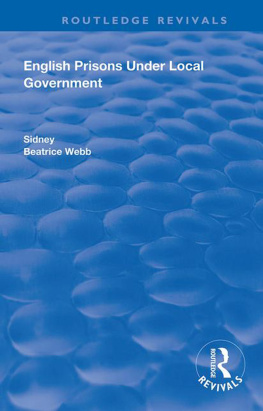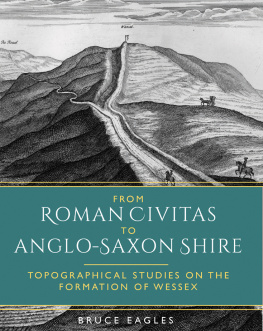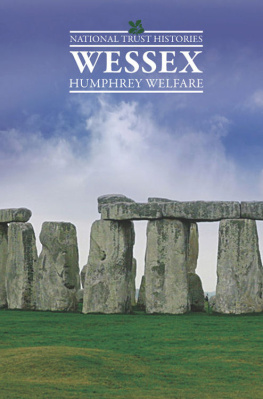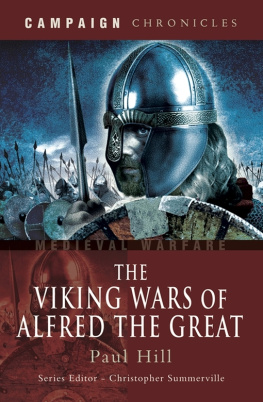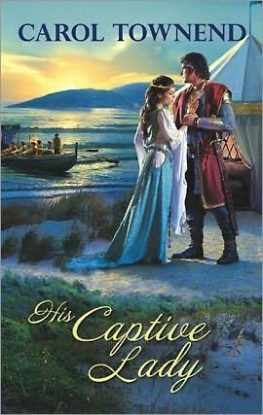DORCHESTER AND THE NEIGHBOURHOOD
As all the world is beginning to realize, that portion of the country immortalized by Thomas Hardy, in his great romances of rural life, lies in one of the most delectable regions of south-west England; and although, for the purpose of giving variety to his scenic backgrounds, Mr. Hardy has occasionally gone far beyond the narrow boundaries of his home county, yet for general purposes his Wessex is synonymous with the county of Dorset. Historically considered the Wessex of the novels is but partially conterminous with that wherein, after centuries of bloodshed, our Saxon ancestors established their Octarchy, and the novelist has explained his reasons for the adoption of the name "Wessex", which did not appear in any of the novels until the publication, in 1874, of Far from the Madding Crowd. "The series of novels I projected," he writes, "being mainly of the kind called local, they seemed to require a territorial definition of some sort to lend unity to their scene. Finding that the area of a single county did not afford a canvas large enough for the purpose, and that there were objections to an invented name, I disinterred the old one. The press and the public were kind enough to welcome the fanciful plan, and willingly joined me in the anachronism of imagining a Wessex population living under Queen Victoria, a modern Wessex of railways," &c.
As Professor Windle says: "Whilst peopling these scenes with the creatures of his imagination, Mr. Hardy has achieved a feat which he was probably far from contemplating when he first commenced his series of novels. For incidentally he has resuscitated, one may even say re-created, the old half-forgotten kingdom of Wessex."
Although there is scarcely any portion of the county that does not figure in one or other of Mr. Hardy's novels or poems, yet by far the greater number of scenes lie in the portion called South Dorset, around and below an imaginary line drawn from a little to the west of Dorchester to Poole Harbour, and it is mainly with this portion of the Hardy country that it is proposed to deal in this volume.
Like all the true beauty spots of England, increasing familiarity with these south-country landscapes deepens their ineffaceable impression as it multiplies their alluring charms; and, small as is the geographical extent of this strip of rural England, it yet fills our thoughts as it delights our eyes; and it is large enough to attract us by a thousand threads of history and romance, by a hundred beauties of rolling downs and grassy vales, and of steep chalk cliffs where the blue waters of the Channel break with a splutter of spray.
For miles one can wander amid such scenes in this fair Wessex land, where the roses of dawn fade into the infinite azure of a cloudless sky, and the cool salt breath of the sea-borne air is an elixir of life. Moreover, these soft sea breezes, that temper the dazzling heat of the summer sun, waft in their train an unfading wreath of memories of that antique civilization which existed long before the prows of the Roman galleys clove the ethereal mists that fringe the Dorsetian seas.
Mr. Hardy is unique among English novelists in that he writes of ecclesiastical and domestic architecture with the eye and the knowledge of a trained architect, and one who took high honours in this profession before he abandoned it for literature. To this no doubt are due the descriptions he has given us of the homes and haunts of his heroes and heroines. Occasionally we find that a house of the novels has been made up of two or more neighbouring dwellings, at other times there is some slight transposition of site or locality; but to all intents and purposes Mr. Hardy's Wessex of romance is the Dorset of reality, with regard both to its natural scenery and to the buildings that accompany it. Thus it is that the novelist's architectonic settings, and his literal descriptions of natural scenery, make identification a simple task, and lend interest to numerous old houses and cottages, just as they have immortalized a thousand scenes of their author's native land.
A few of Mr. Hardy's critics have cavilled at the insistence of the architect's point of view, just as some of his readers fail to perceive the genius that lies behind his detailed treatment of buildings; but there is little doubt that the novelist's artistic use of technical material has endowed his romances with a personal note of deep interest, and an architectural one of great value.
Although Dorset has a host of literary associations other than those furnished by the Wessex novels, and notwithstanding that William Barnes sang of its charms to deaf ears as sweetly as ever Burns piped of the North Country, it was left to Thomas Hardy to reveal Dorset to those who knew it not; although he was writing for a great many years before his novels began to draw people to the land of Gabriel Oak, Tess, and Ethelberta.
HANGMAN'S COTTAGE, DORCHESTER
HANGMAN'S COTTAGE, DORCHESTER
As the tourist must have a centre, a starting-off place for his various excursions, the visitor to the Hardy country cannot do better than make his headquarters at Dorchester, the Durnovaria of the Romans and the "Casterbridge" of the novels.
Alighting at either of the railway stations, for the town is well served by both the Great Western and the South Western Companies, the visitor who has learned that Dorchester occupies the site of an important town of the Romans will probably receive a shock at the prevailing note of modernity that confronts him on every side. It is only when one begins to understand the planning of the streets, and has visited the town's outlying earthworks of Maumbury and Poundbury, that the mind can realize the possibility of a Roman town being buried a few feet beneath the houses that line the narrow thoroughfares. It has been said that one cannot plant a shrub in a Dorchester garden without unearthing some link with the legions of imperial Rome, an excusable exaggeration if we think of the vast number of treasures that have been discovered wherever the layer of surface soil has been penetrated; and there is every reason to believe that the foundations of Roman Dorchester lie just below the gardens, houses, and pavements of the bright and modern town.
Excavation in the scientific sense the town has happily been spared, but the accidental finds are of great value, as proving that the town's historic past recedes into that twilight of dreamland and myth which veils the infancy of our island in a golden haze of mystery. All around this capital of Dorset lies a storied land, wherein memories of the Durotriges, of the Roman legions, and of the ruthless march of the Saxon through the beautiful land of Britain jostle with modern associations of poetry, literature, and art.



